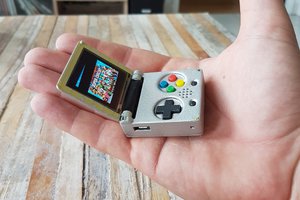NOAHCube
The cube is designed to be an automation platform. In this case a center piece that can be placed on your desk. It will be the control hub for your home automation but also a development platform for testing automation ideas.
The NOAHCube will be up-gradable, allowing you to slot in a combination of pre-designed add-on cards or, with the complete hardware specs in hand, allow you to design your own. Being completely Open Source I intend this to be something that will help anyone interested in automation.
So far there are 4 add-on cards planned:
1. POWERCard - This will have all the voltage regulation and control needed to power the cube
2. IOCard - This will come in combinations of 4-Out/4-In, 8-Out and 8-In for Input/Output control
3. RFCard - This will contain all RF goodness, 433Mhz RF radio, WiFI and so on
4. CPUCard - This will contain a beefy CPU as well as an Raspberry PI for completed control.
Why have a card with WiFI and a CPU card with a Raspberry PI that also has WiFi you ask... Well this is so you have the ability to isolate your home/office WiFi with internet access from your sensor WiFi network with no network connection between the two.
 Dewet
Dewet






 Dylan Brophy
Dylan Brophy
 c.Invent
c.Invent
 Mehrdad Majzoobi
Mehrdad Majzoobi
 Craig Hissett
Craig Hissett